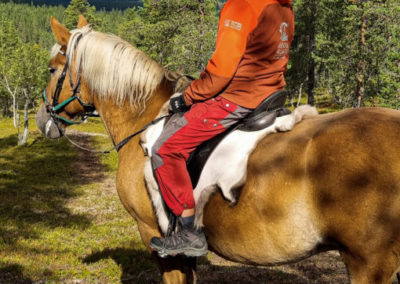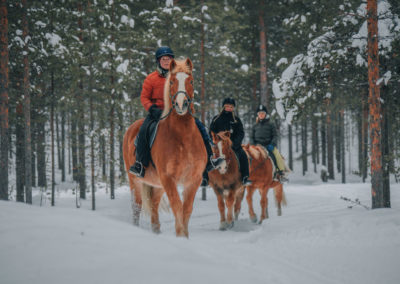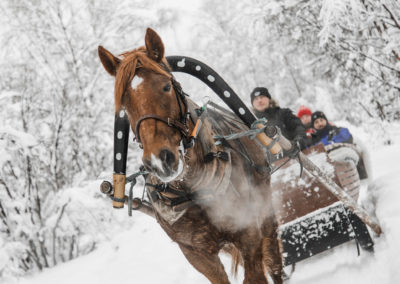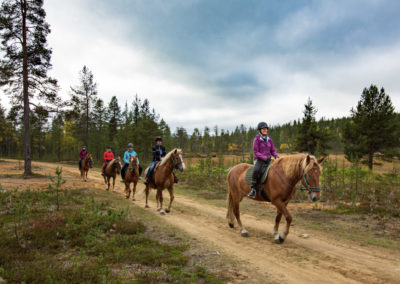Early Stages
The history of the Finnish Horse dates back a millennium, accompanying humans on their journeys since at least the Bronze Age. As the people of Finland adapted to their unique environment and needs, so did their horses. The Finnish Horse’s development was influenced by the Northern European forest horse, a foundational breed for several neighboring native breeds. Over the centuries, various European, Russian, and Baltic breeds also played a role in shaping this remarkable breed.
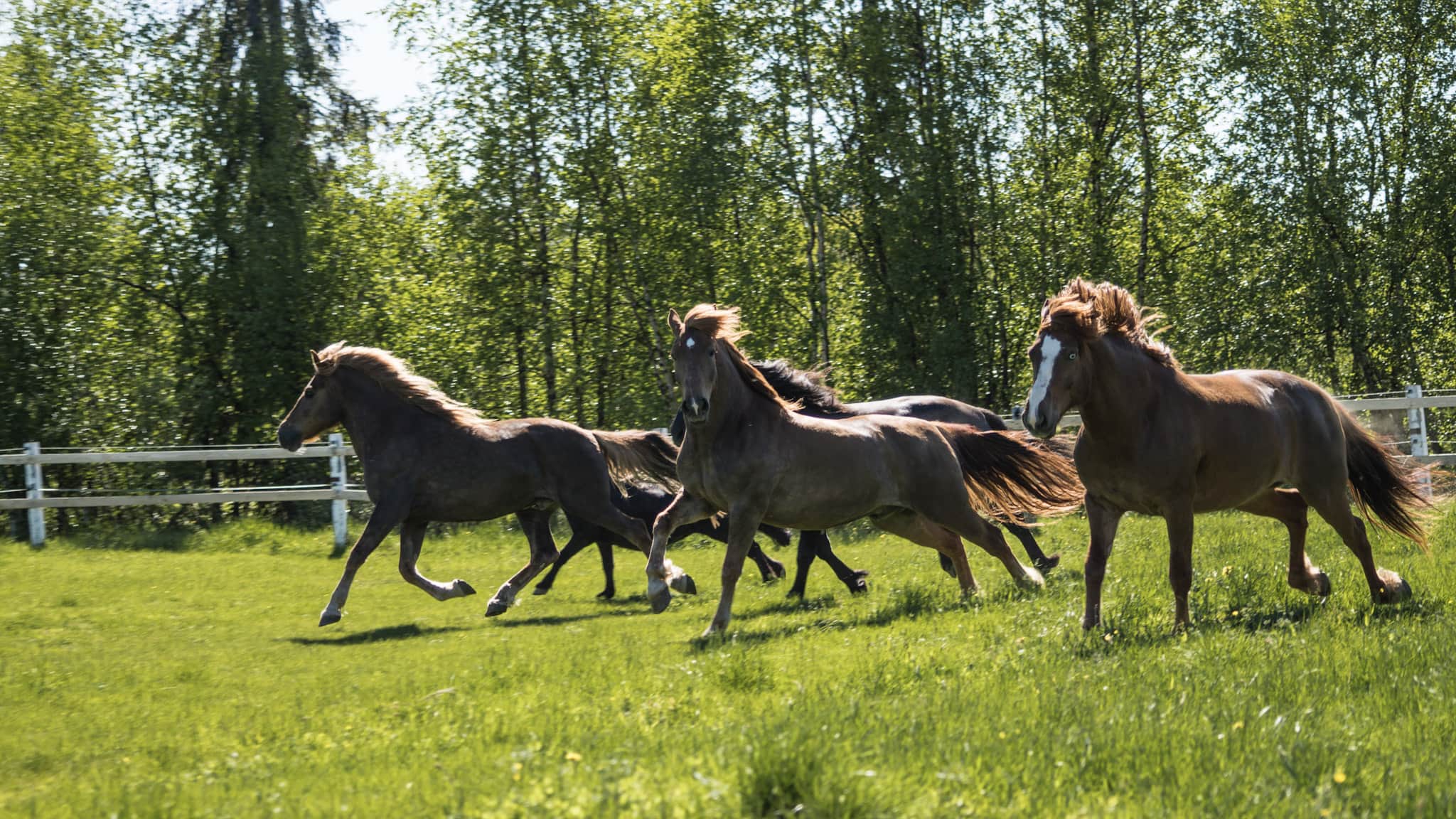
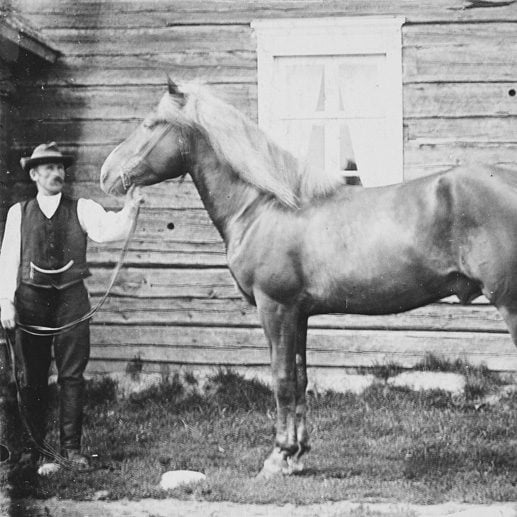
1907: The Beginning
In 1907, a pivotal moment in the Finnish Horse’s history occurred with the establishment of the Finnish Horse studbook, a registry of breeding horses. This marked the beginning of the breed’s official recognition and its journey as a purebred. Only horses displaying the “Finnish horse breed characteristics” were accepted into this nationwide studbook.
1920s: Diverse Roles
The Finnish Horse studbook was later divided into two sections. One focused on breeding a heavy-type workhorse suited for local conditions, while the other aimed to develop a light-type general-purpose horse that could serve as a military mount. This division allowed the Finnish Horse to excel in various roles.
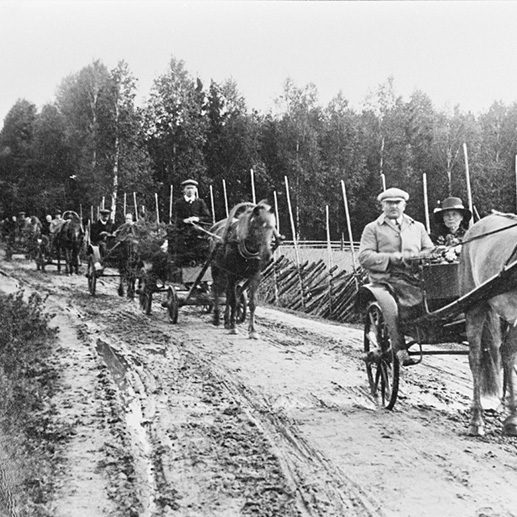
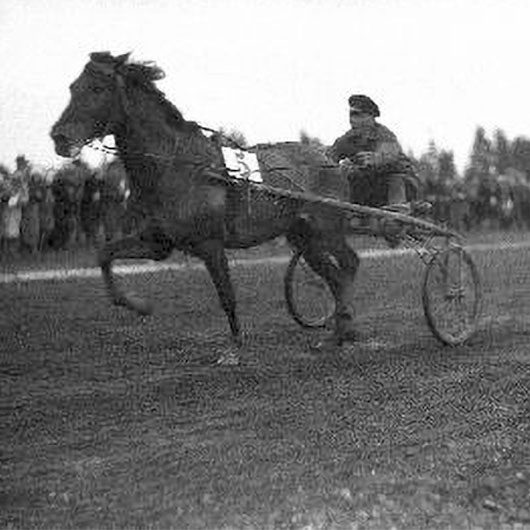
1924: The Trotting Tradition
In 1924, the first Finnish Trotting Derby took place in Lahti, marking the beginning of an enduring tradition. The Finnish Horse became celebrated for its trotting abilities, and champions in these races often became popular breeding stallions.
1939-1945: Wartime Heroes
During the Winter War and Continuation War, Finnish horses played a vital role in the country’s defense. They served as artillery draft animals, transported supplies, wounded soldiers, and played a crucial role in communication, allowing troops to navigate even the most challenging terrains.
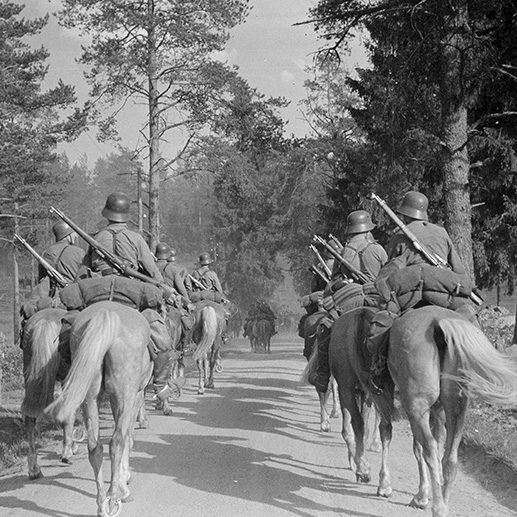
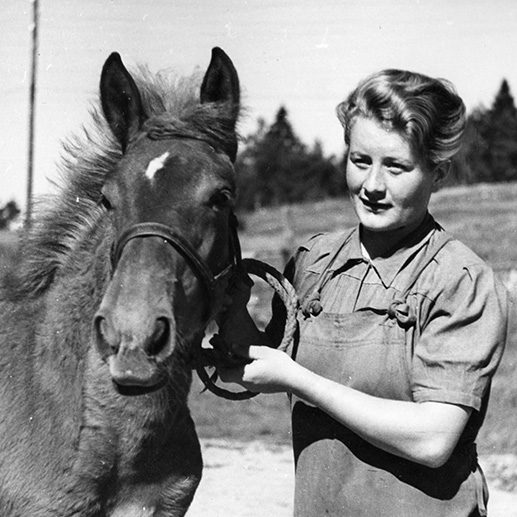
1950s: A Period of Abundance
The 1950s saw the highest population of Finnish horses, with around 408,000 individuals. These horses played a pivotal role in post-war reconstruction, agriculture, logging, and various hauling tasks, contributing to the livelihood of smallholders.
1960s: Mechanization and Decline
However, with the rapid mechanization of agriculture, the number of Finnish horses began to decline in the 1960s, marking the end of an era. The use of horses in forestry became less profitable due to changes in taxation and the increasing affordability of machinery. As a result, horses largely disappeared from agriculture and forestry.
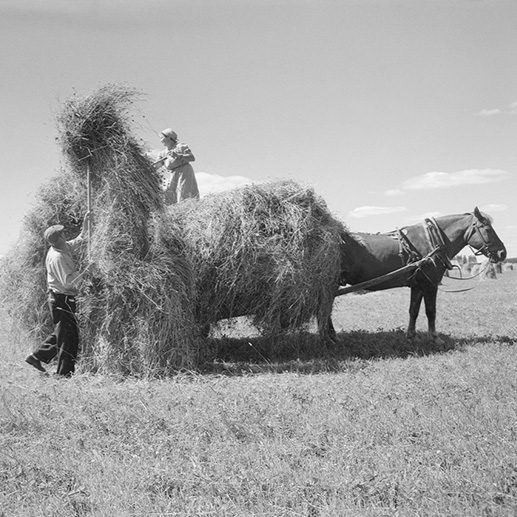
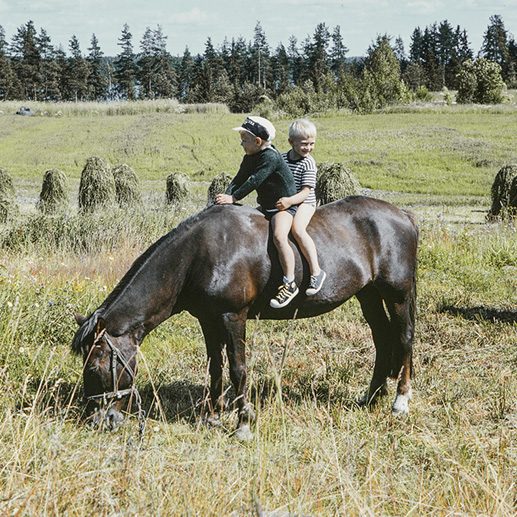
1971: A New Direction
In 1971, the breeding guidelines for Finnish horses were revamped, categorizing the breed into four directions: racing, working horse, riding horse, and small horse. This restructuring allowed the Finnish Horse to adapt to the changing times.
1980s: A Test of Survival
By the 1980s, the number of Finnish horses reached its lowest point, with only 14,000 individuals. The breed faced a critical juncture. However, a resilient community of horse breeders recognized the potential of the Finnish Horse and its adaptability for new roles in sports and leisure. The Finnish Horse’s involvement in harness racing played a crucial role in its revival.
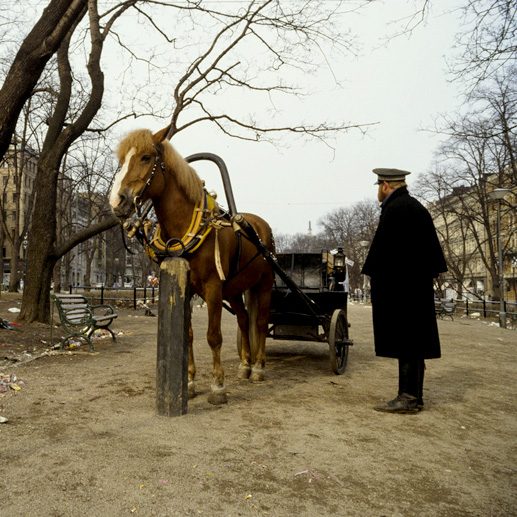
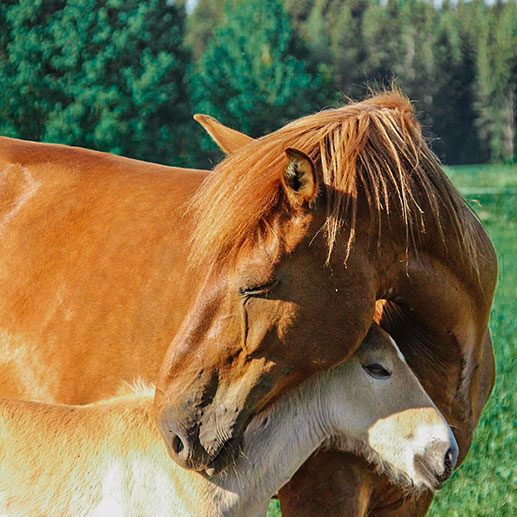
1995: European Union Recognition
In 1995, Finland joined the European Union, and the EU recognized the Finnish Horse as a native breed. This acknowledgment offered a boost to breeders.
2002: Royal Event and a Super Trotter
In 2002, the “Royal Event of Finnish Riding Horses” was launched in Ypäjä, becoming a highly popular equestrian gathering and spurring an increased interest in breeding Finnish riding horses. The year also witnessed an exciting development as the stallion Viesker became the first Finnish trotter to break the 1.20 barrier in a one-kilometer race, earning the title of “super trotter.”
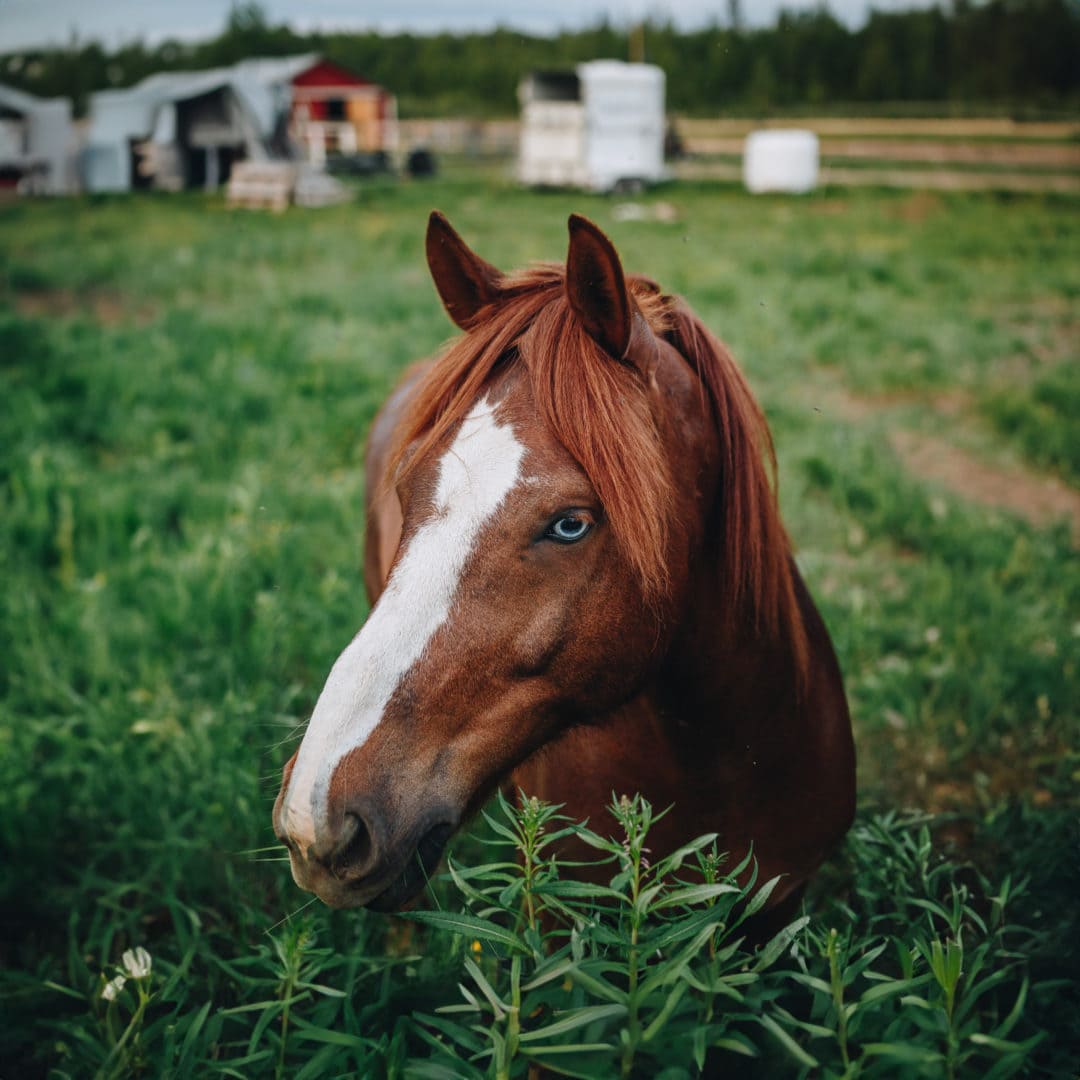
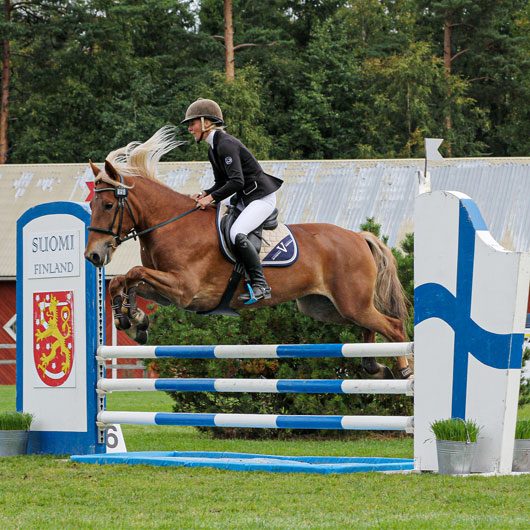
2007: A National Honor
2007 marked the 100th anniversary of the Finnish Horse studbook, celebrated with great enthusiasm. The Finnish Horse received the esteemed title of “Finland’s National Horse,” an honor celebrated across the nation through various events, campaigns, and activities.
2020: Evident Resilience
In 2020, a total of 1,127 Finnish horse foals were born, exceeding a thousand for the first time since 2014. This milestone was a testament to the breed’s enduring vitality.
The Finnish Horse’s journey through history is a testament to its adaptability, strength, and its deep connection to the people of Finland. Despite facing challenges and changes over the years, it remains a symbol of national pride, a source of admiration, and an integral part of Finnish culture. As we look to the future, we hope that the Finnish Horse continues to be cherished and protected for generations to come.
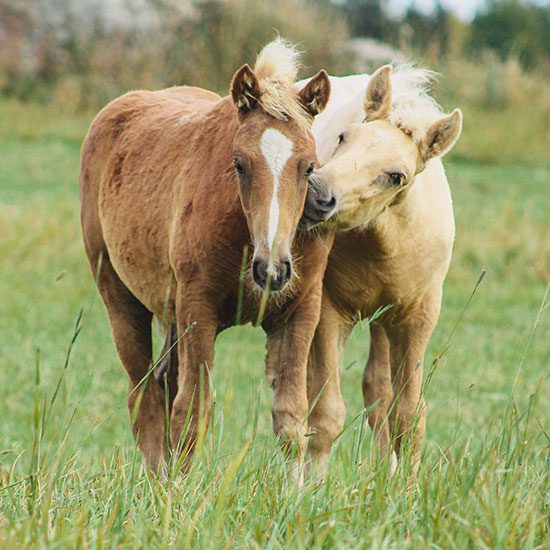
Experience Year-Round Horseback Riding and Enchanting Sleigh Rides at Aurora Village!
Welcome to Aurora Village, where we offer guided horseback riding adventures throughout the year in stunning forest landscapes with delightful and gentle Finnish horses. During the winter months, in addition to horseback riding, you can immerse yourself in the magical beauty of the snowy woods with a sleigh ride pulled by a Finnish horse. Secure your spot now for an unforgettable adventure, whether you prefer riding or enjoying the charm of a sleigh ride!
We are operating our horse activities together with our partners Polaris Point Horses and Club Nord Stable.

